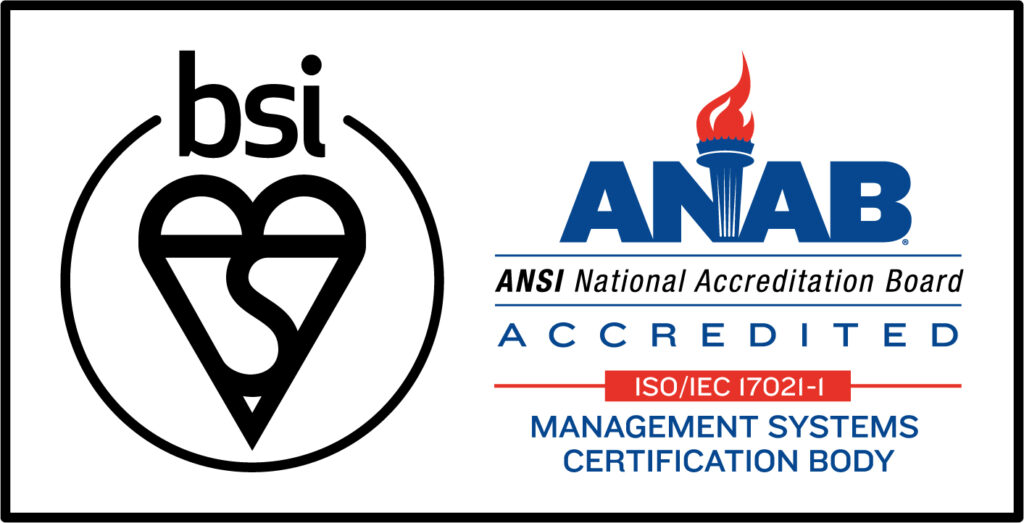
Kepple Inc. has established the “Climate Tech Consortium,” a community formed to help Japanese companies advance decarbonization efforts in response to global challenges like climate change and global warming.
On February 28, 2025, the kickoff event for the Climate Tech Consortium was held at the Tokyo Venture Capital Hub. Leading VCs at the forefront of climate tech and promising startups from around the world took the stage to share the latest trends and network with Japanese companies.
To ensure that attendees could fully understand the insights shared by international speakers in real time, the AI translation app *VoicePing* was introduced at the event. We spoke with Minami Kou, an analyst at Kepple and one of the event organizers, about why they chose to use VoicePing and how it worked in practice.
Bridging the Information and Language Gap Between Japan and the World
— A Consortium Born to Bring Global Trends to Japanese Companies
(The interview was conducted in the VoicePing meeting room! Kou shares the purpose behind the event and Kepple Inc.’s role in organizing it.)
Could you please give us a brief self-introduction?
My name is Minami Kou, and I’m an analyst at Kepple Inc. Our company offers a wide range of services for startups and investors, including building startup databases, supporting fund operations, and engaging in venture capital activities. As an analyst, I’m responsible for researching and analyzing startups. I mainly provide insights on domestic and international startup trends to corporate investors and other stakeholders.
Could you tell us about the main goals of the “Climate Tech Consortium” kickoff event and Kepple Inc.’s role in it?
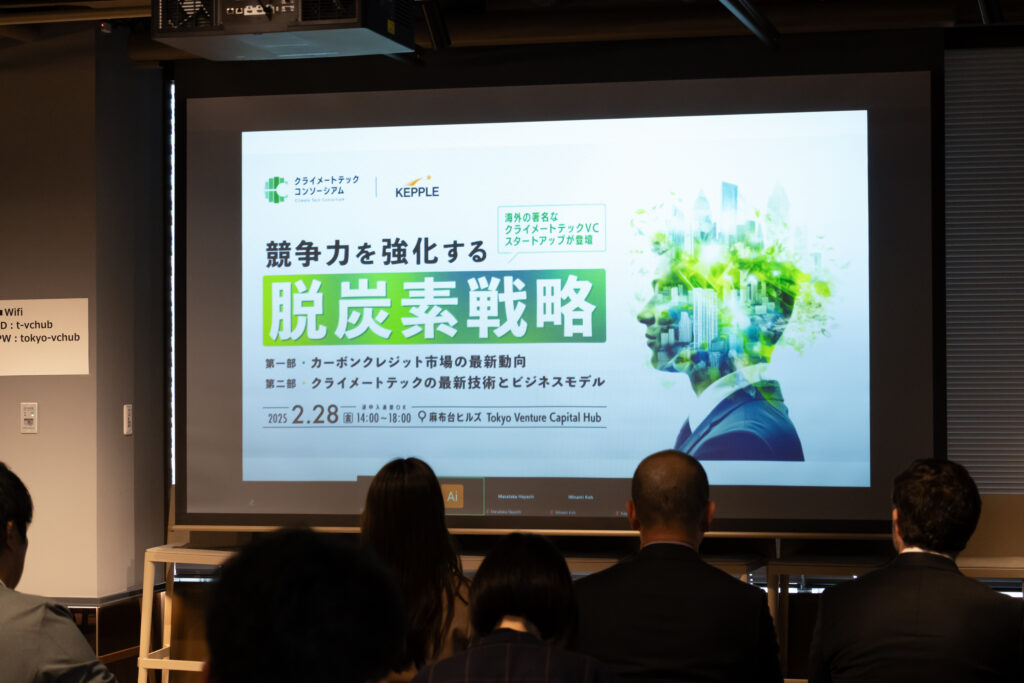
The Climate Tech Consortium is a community initiative we manage at Kepple. Its primary goal is to help Japanese corporations stay informed on the latest trends in climate tech and build networks in related fields.
We launched this consortium in response to a growing interest we’ve observed among Japanese companies in the climate tech (decarbonization technology) sector. Through our regular research and trend reports across various startup sectors, we noticed that events and seminars on this topic consistently reach full capacity, indicating a high level of demand. To address this, we wanted to create a space where companies truly committed to this field could access high-quality information and connect with like-minded peers.
Climate tech is not a field that can be fully explored within Japan alone. Understanding global developments—whether that’s cutting-edge technology, emerging trends, or government policy shifts across different countries—is absolutely critical. However, access to international information can be a real challenge for many Japanese companies. That’s why we aim to deliver global insights in a way that is accessible and actionable for our domestic corporate audience.
In terms of market size, it seems that Europe and North America are ahead in the climate tech space. Would you agree?
Yes, absolutely. The number of startups, the diversity of technologies, and the scale of investments—these metrics are on a completely different level compared to Japan. This field has primarily evolved in Europe and North America, so it’s crucial to closely monitor what’s happening on the ground and identify which areas are gaining traction next.
Breaking Language Barriers with AI Translation
— VoicePing Delivers the Ideal Multilingual Event Experience
(Kou discusses the background behind adopting VoicePing.)
Events like the Climate Tech Consortium, which integrate global trends and foster international collaboration, are extremely important. But was the language barrier a major challenge for you?
Absolutely. This was a four-hour event with two seminar sessions, and it was our first time hosting something of this scale. The long duration and combining multiple sessions made the planning itself a challenge.
We were also very eager to invite international speakers, but language quickly became a major obstacle. We had actually hosted an event with overseas guests before, but due to language limitations, we were forced to conduct the entire session in English.
However, holding an event solely in English presents another challenge: it limits participation from Japanese companies. Climate tech is already a complex topic, and if we add a language barrier on top of that, the audience narrows even further.
As a result, the global insights we wanted to share wouldn’t reach the people who needed them most—which would defeat the purpose of the event. That’s why we felt a strong desire to make the same high-value information accessible to those who might otherwise be discouraged by language barriers.
Traditionally, interpreters are brought in to solve this issue. Why did you decide to go with AI translation instead?
At first, we did consider hiring human interpreters. We even reached out to a few professionals. But given the event’s four-hour duration, we were told that simultaneous interpretation would require at least two interpreters working in shifts. It’s a highly demanding job that usually requires them to switch every 10 minutes.
On top of that, the event coincided with the financial reporting season, which made it difficult to secure two interpreters.
Even if we had managed to book interpreters, we would’ve needed to arrange for interpretation booths, specialized equipment, and headsets—all of which come with additional technical requirements and costs. While such expenses may be justified for a large-scale event, this one had around 50 participants, and only a portion of them needed English support.
Considering these constraints—staffing difficulties and budget limitations—we began exploring the option of using an AI translation app instead.
Among the options available, what made you choose VoicePing?
To be honest, we were operating under a tight timeline and didn’t have the luxury to evaluate many tools in-depth. I believe we narrowed it down to two or three possible options.
What set VoicePing apart was their incredibly fast response time. During our initial meeting, they immediately provided a demo, and even before signing a contract, they allowed us to try the tool. That level of flexibility was a huge deciding factor.
Of course, the fact that the pricing fit within our budget was important, but more than that, their responsiveness and the high quality of the service for the price gave us a strong sense of reliability—and ultimately led us to choose VoicePing.
Thank you. At what points during the event was VoicePing used?
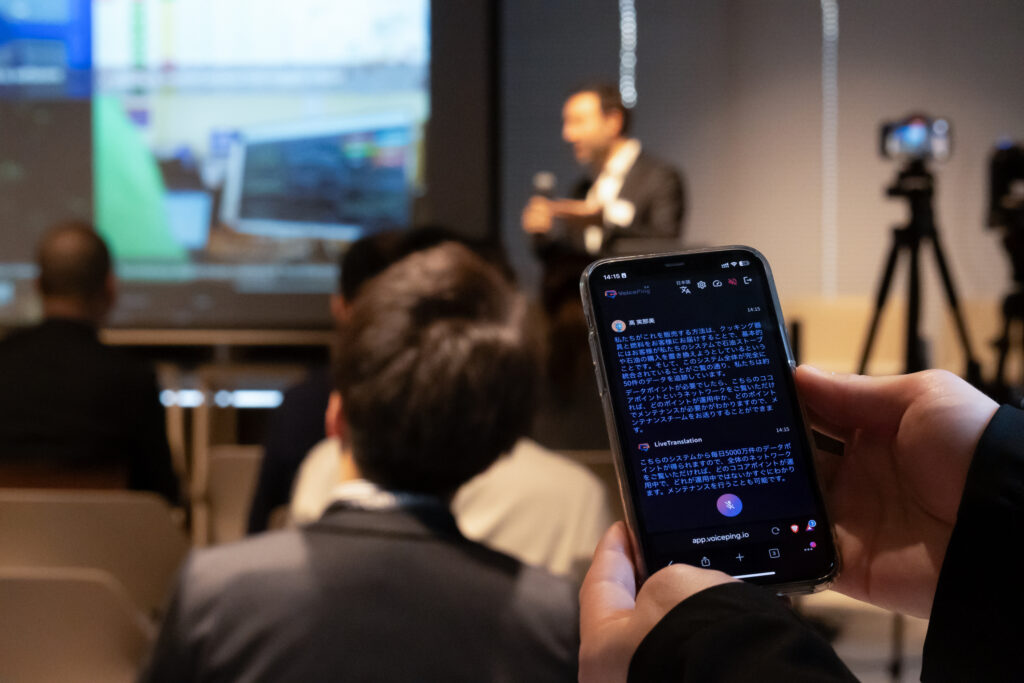
We had around 50 participants at the event, and about half of them used the translation feature.
The event consisted of two seminar sessions, and we used VoicePing’s QR code function in both.
In the first session, an overseas speaker attended in person and gave a presentation and joined a discussion in English. Participants could scan the VoicePing QR code and follow the content through real-time translation.
In the second session, the speaker joined remotely, while the audience gathered in person to watch the presentation on a monitor. Although the format was different, we were able to use the same QR code seamlessly for both sessions, which was really convenient.
Did the translation speed and accuracy meet your expectations?
Yes, the speed was great—it took just 3 to 4 seconds for the translation to appear, which was very impressive.
As for accuracy, I wouldn’t say it was perfect, especially due to some issues with the microphone setup in the venue and the quality of the online connection. So it’s hard to say whether 100% of the content was captured correctly.
That said, we received feedback from participants who had very limited English ability, saying things like “I wouldn’t have been able to keep up without VoicePing,” and “Thanks to the translation, I was able to grasp the key points.” That was very encouraging.
Crossing Borders Through Information
— The Future of Global Collaboration Enabled by AI Translation

Was there a particularly memorable moment or use case of VoicePing during the event?
One thing that really stood out was how easy it was for participants to use VoicePing without needing to download an app. People often assume they’ll need to install something, especially when they see a QR code paired with a mobile tool, but with VoicePing, that wasn’t necessary.
We printed out the QR code and handed it out at the registration desk to those who needed it. Participants could access the translation from their own smartphones or tablets, at their own pace. The simplicity of that process made it very user-friendly. What really stuck with me was seeing so many attendees following along by glancing at their phone screens during the sessions.
Were there any points where you felt VoicePing could be improved?
There were a few moments where the speech recognition didn’t quite match the speaker’s intent—mainly when the speaker wasn’t a native English speaker or when the audio quality dropped during the remote session. In those cases, it wasn’t the translation itself that was the issue, but rather the initial speech recognition that led to slightly off translations.
Also, since we didn’t have enough time to collect presentation materials in advance, we couldn’t register certain technical terms beforehand. So when more specialized vocabulary came up, there were a few minor mistranslations.
One improvement I’d suggest relates to language settings. The host (a Japanese speaker) would occasionally take over the mic during the event, but since the app was set to translate from English, we had to manually mute it each time. It would be great if in the future, the app could automatically ignore any speech that’s not in the selected language—that would make it even more convenient.
Looking back on the event as a whole, how do you feel VoicePing contributed?
I’d say the most memorable part was the overwhelmingly positive feedback we received from participants. Many people told us things like, “It was such a valuable experience to hear directly from investors and professionals working at the forefront of global innovation—something we rarely get to do.” That was incredibly rewarding to hear.
And I truly believe that VoicePing’s translation support played a key role in making that happen.
In the past, people who were already comfortable with English might have been able to follow global content, but for those less confident in their language skills, simply accessing the information was a major barrier.
This time, because we could provide the same information to everyone—regardless of their English ability—I think the event held real value. In fact, some participants even asked us, “Where did you find this tool?” That curiosity really stood out to me.
Rather than delivering a word-for-word translation, VoicePing helped participants grasp the key points of what was being said in real time, which I found incredibly effective.
In your view, how should AI translation technology evolve to further support global business?
Great question. I think events like ours will only become more common moving forward. For example, in situations where a company representative wants to have a one-on-one meeting with a speaker, not being able to speak English often leads to hesitation or anxiety.
But with a tool like VoicePing, they can check the translation in real time while talking, which opens up so many more opportunities for use in everyday business settings.
In the past, participating in global events often felt out of reach unless you were from a top-tier, globally connected company. But now, even regional or smaller companies without English-speaking staff can hold meaningful conversations—and that presents a huge opportunity.
Especially with a tool that’s affordable, like VoicePing, I think it can be very practical for small-scale meetings or for companies with limited budgets that can’t afford professional interpreters. It really lowers the barrier to global communication for all kinds of organizations.
Does Kepple have any upcoming plans to further strengthen global collaboration in the climate tech space?
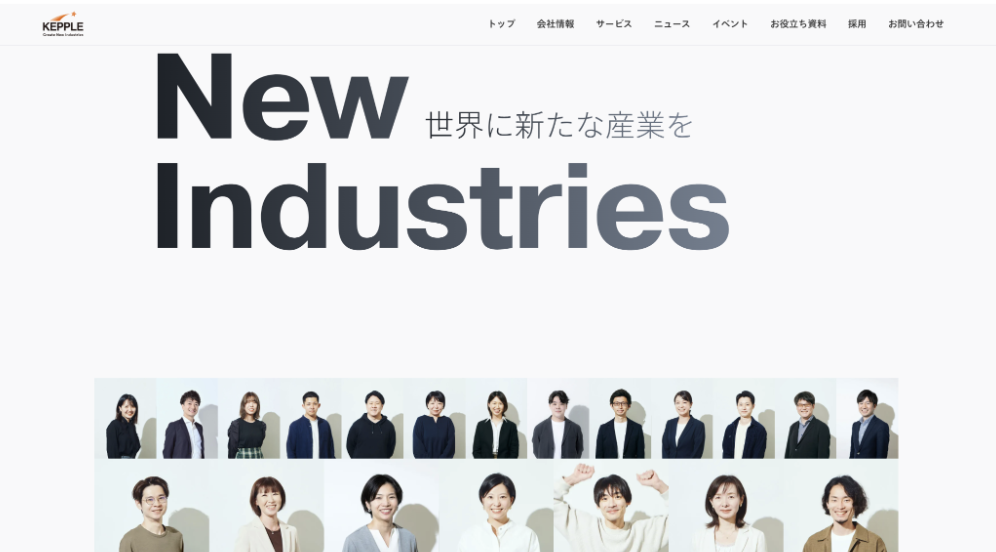
Yes, absolutely. Just like this event, we intend to continue delivering global startup insights on a variety of key themes to Japanese companies.
One concrete next step is to expand the membership of our Climate Tech Consortium.
We want to grow this community into a platform where even regional and small to mid-sized companies—who may have struggled to access global information in the past—can connect with cutting-edge knowledge and hear real voices from overseas.
And beyond climate tech, we believe there will be an increasing number of fields—like AI, for example—where it’s no longer sufficient to focus solely on the domestic market. In those areas as well, we hope to continue planning and running initiatives that connect Japan with the latest global developments and voices from the field.
Thank you. And finally, if you had to describe VoicePing in just one phrase, what would it be?
Simple and convenient.
We were able to use it with ease ourselves, but more importantly, it was incredibly user-friendly for our participants.
The simplicity of just scanning a QR code and immediately seeing the translation was a huge help.
There was no need to give detailed usage instructions at the beginning of the event, and even latecomers had no trouble accessing the translation—just scan and go. That level of accessibility was truly appreciated.
▼ About Kepple Inc.
Founded: February 23, 2015
Head Office: Azabudai Hills Garden Plaza B 5F, 5-9-1 Toranomon, Minato-ku, Tokyo 105-0001
Business: Building infrastructure for startups and venture investors
Website: https://corp.kepple.co.jp/
Transform Your Event into a “Global Festival of Knowledge Sharing” with VoicePing!
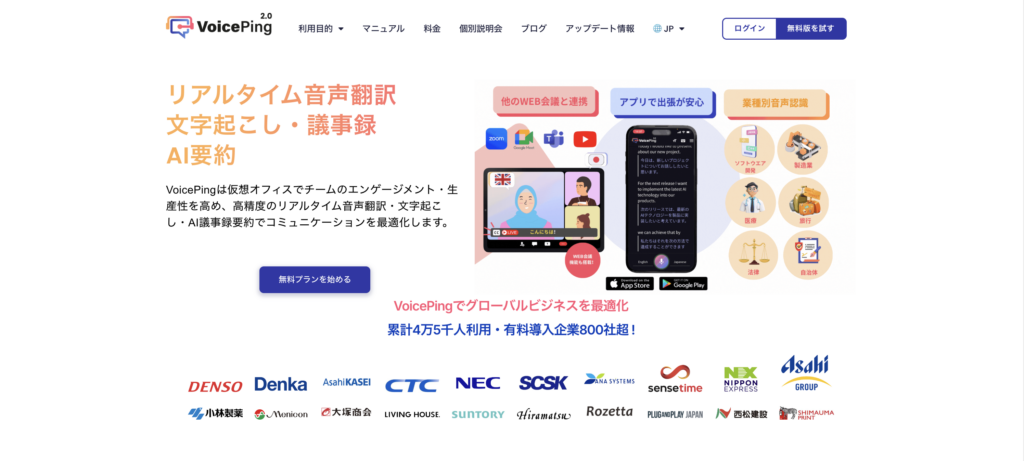
VoicePing removes language barriers with fast and accurate real-time translation, creating a seamless environment for participants from diverse nationalities and cultures to connect and collaborate.
📱 Just Scan the QR Code!
Easily access translations on your smartphone. Whether it’s during keynotes, pitch sessions, or networking events, VoicePing ensures smooth communication.
Benefits of Using VoicePing for Your Event:
🌍 Enable Multinational Attendees to Engage in Their Native Language
Participants can fully understand and participate in every session without feeling limited by language barriers.
⚡ Simplify Event Management with Easy-to-Use, High-Accuracy Translation
VoicePing’s intuitive interface and rapid translation reduce operational workload significantly.
💡 Enhance Participant Satisfaction and Event Ratings
Provide a higher-quality experience by offering robust translation support, earning positive feedback and boosting the reputation of your event.
If you’re ready to elevate your next event into an international platform for knowledge sharing, VoicePing is here to help!
📌 Sign Up Today for Free!
Learn more by signing up for a personalized demo session. Don’t wait—transform your event now!


